Table of Contents
1. Introduction
2. Decoding Wetsuit Types
3. The Wetsuit Market in 2025: Trends Shaping the Future
4. Key Considerations for Selecting the Perfect Wetsuit
5. Spotlight on 2025’s Leading Wetsuit Models: Features That Matter
6. Conclusion
Introduction
Wearing a wetsuit is crucial for staying warm and safe in aquatic environments. These well-designed suits help users stay comfortable and at their best in cold water, enhancing overall experience and performance. When choosing top-notch wetsuits in the changing market landscape, it’s crucial to grasp the different types available, their cutting-edge features, and how they are tailored for use. This ensures that the selected wetsuits meet and surpass expectations, providing comfort and performance.
Decoding wetsuit types
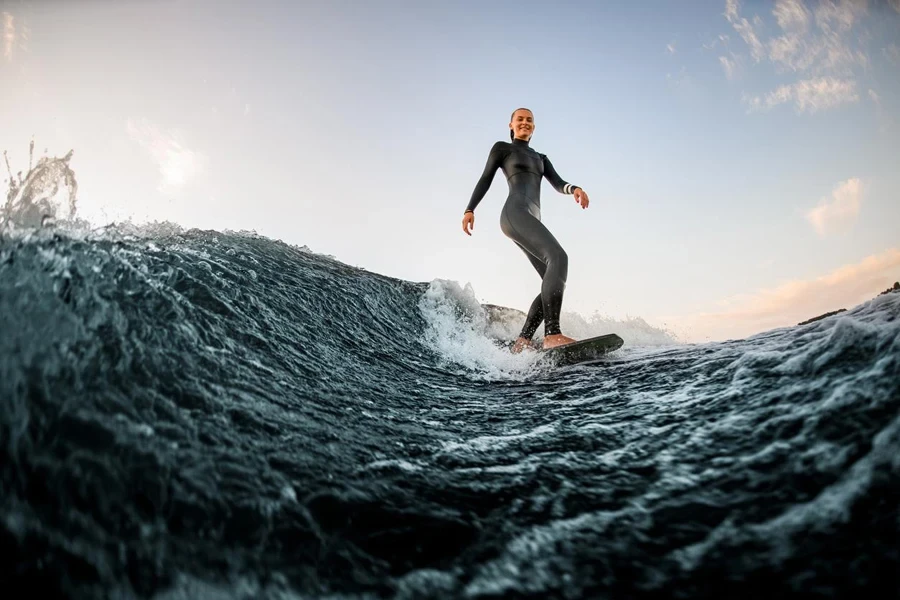
Wetsuits offer flexibility and thermal protection in various water conditions and activities like water sports and environments. The type of wetsuit you choose can greatly affect your performance and comfort levels while ensuring safety. An essential aspect is understanding the various types of wetsuits available to make an informed decision that aligns with your needs. Let’s explore the varieties of wetsuits typically seen in various aquatic settings and sports.
Full wetsuits: The all-season performer
Wetsuits that cover the body, known as steamers, are considered the versatile type of wetsuit as they protect arms and legs too. These suits come in thicknesses ranging from 3/2mm to 6/5mm for varying warmth levels based on your water temperature. People like full wetsuits because they keep them warm and are great for cold to mild waters. They also shield users from scratches and jellyfish stings because of their full body coverage!
Shorty wetsuits: Perfect for warm waters
Shorty wetsuits are tailored for warmer water environments that don’t require full coverage. Crafted from neoprene materials between 2mm to 3mm in thickness shorties, they provide flexibility and are perfect for pursuits like snorkeling, paddleboarding, and swimming that demand unrestricted movement.
Hooded wetsuits: Essential gear for cold water adventures
Hooded wetsuits are made for water situations where keeping the user’s head and neck warm is super important. These wetsuits have a hood built into the suit to keep your head warm because that’s where you lose a lot of heat. People often wear wetsuits when the water is colder than 55°F (13°C) for surfing in chilly waters or diving and kayaking adventures.
Specialty wetsuits: Tailored solutions for unique needs
Some wetsuits are customized for specific activities or settings. They come with functionalities that are suited to specific needs. For example, wetsuits crafted for triathlons typically use thin neoprene to improve floatation and minimize resistance in the water for faster swim times. Additionally, these wetsuits might include sections that help optimize stroke efficiency and flexibility.
For individuals participating in wind and kite surfing activities, designed wetsuits may feature strengthened sections to shield against abrasions and offer extra defense against the wind. In some regions, although not classified as wetsuits, dry suits technically keep the individual entirely dry, prevent water penetration, and offer an added level of warmth.
The Mystic Majestic and the Billabong Furnace Compare two kinds of wetsuits designed for water activities with the latest tech and materials to cater to professional athletes’ needs.
The wetsuit market in 2025: Trends shaping the future
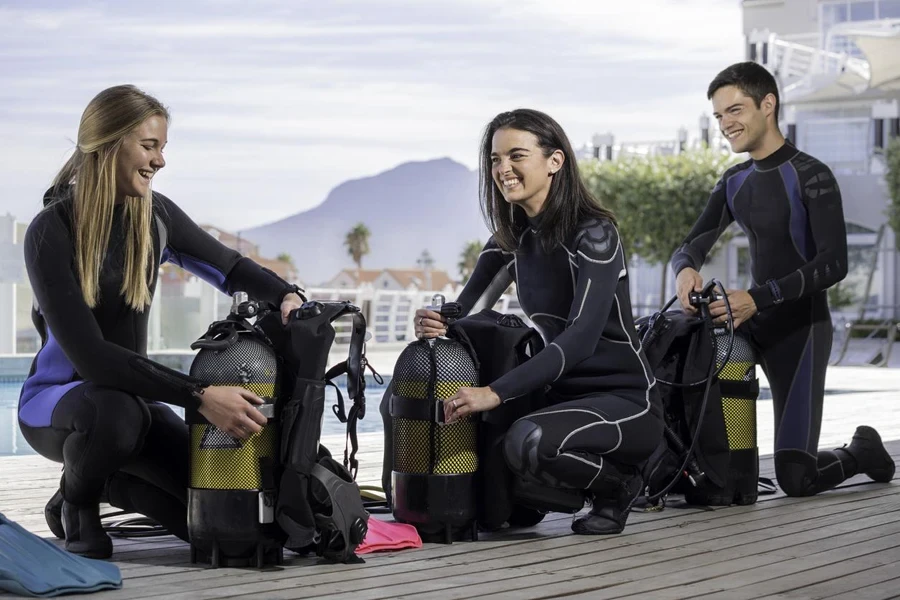
In 2025, the wetsuit industry is changing due to shifting consumer tastes, technological progressions, and a growing emphasis on eco-friendliness. With the rising popularity of water sports and leisure pursuits, the industry is witnessing robust growth with the emergence of fresh trends that are transforming its landscape.
Experts have assessed the wetsuit market to be worth about US $1.72. They anticipate it to grow to US $2.52 Billion by the year 2032, growing at a growth rate ( CAGR ) of 4. 9 % From 2023 to 2032.
Market growth and emerging consumer preferences
The worldwide wetsuit industry is expected to keep growing due to the rising interest in surfing and diving, among other water sports activities. This growth is noticeable in areas with coastlines where water sports are enjoyed throughout the year. With the increasing number of people engaging in adventure sports, the need for top-quality wetsuits that serve both enthusiasts and professional athletes is also rising.
Today, consumers are becoming increasingly selective in their search for wetsuits that strike an equilibrium between comfort, performance, and longevity. There is a trend towards eco options as awareness about the environmental footprint of products continues to grow. Favor is shifting towards brands emphasizing sustainability by incorporating materials and adopting eco-manufacturing methods. This movement is not boosting sales. It also spurred creativity in the development of wetsuits that are practical and environmentally friendly.
Innovation in design and materials: What’s new in 2025
Innovation remains a major factor in the wetsuit sector as we move into 2025. We are witnessing progress in design and materials alike. The evolution of neoprene technology has yielded thinner and more flexible wetsuits while maintaining warmth and longevity as priorities. This game changer is for surfers and divers seeking mobility and thermal comfort.
Innovation today emphasizes sustainability. More companies are utilizing renewable materials like limestone-derived neoprene and YulexA plant-based substitutes for conventional neoprene. These materials help lessen harm and improve performance features such as enhanced stretchiness and durability.
Moreover, wetsuit styles are becoming increasingly ergonomic, featuring customized fits that minimize water penetration and enhance comfort for prolonged wear. Pioneering brands are also incorporating attributes, like temperature control mechanisms and UV shielding, to elevate the effectiveness of their merchandise. These advancements are establishing standards in the sector, making wetsuits more adaptable and user-friendly than ever before.
Key considerations for selecting the perfect wetsuit
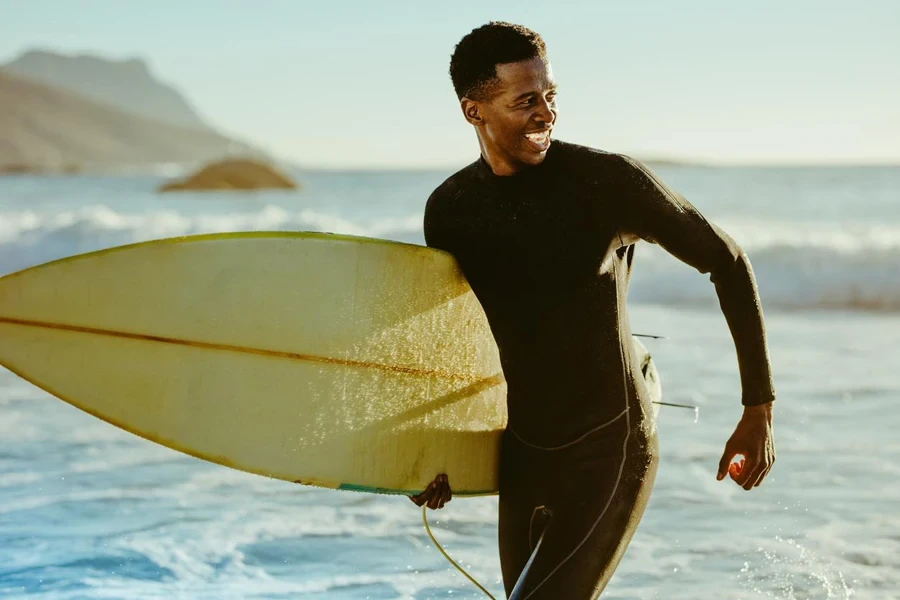
Picking out the right wetsuit goes beyond selecting the correct size or color. It involves grasping the essential elements that impact performance and durability significantly while ensuring comfort is not compromised in different water environments and activities.
Material and flexibility: The foundation of performance
The type of fabric used in a wetsuit plays a role in its performance by significantly influencing its flexibility and durability. The majority of wetsuits are crafted from neoprene—a rubber known for its ability to insulate effectively while remaining pliable. Recent advancements in neoprene materials have led to innovations like limestone-derived neoprene and eco-friendly rubber blends, which offer improved elasticity and eco advantages. Flexibility is a feature of the fabric since it enables a range of movement. This is particularly important for water activities such as surfing or diving, where freedom of motion is essential.
Insulation and warmth: Staying comfortable in any climate
Insulation is an element that ensures that a wetsuit effectively keeps the user warm when immersed in cold water conditions. The thickness of the neoprene material significantly influences the wetsuit’s ability to retain heat; thicker suits offer insulation properties. Wetsuits range from 2mm for warmer waters to 6mm or thicker for colder environments. The neoprene thickness should be based on the water temperature and factors such as the duration of use and the level of activity planned while wearing the wetsuit.
Eco-conscious choices: Embracing sustainability in 2025
The consideration of sustainability has grown in significance when choosing wetsuits as more buyers are looking for eco alternatives. Incorporating materials like neoprene derived from limestone and plant-based Yulex, along with recycled linings, showcases the industry’s commitment to minimizing its impact. Pioneering brands such as Patagonia and Vissla have spearheaded this trend by providing wetsuits that prioritize eco-consciousness while maintaining high-performance standards.
Spotlight on 2025’s leading wetsuit models: Features that matter
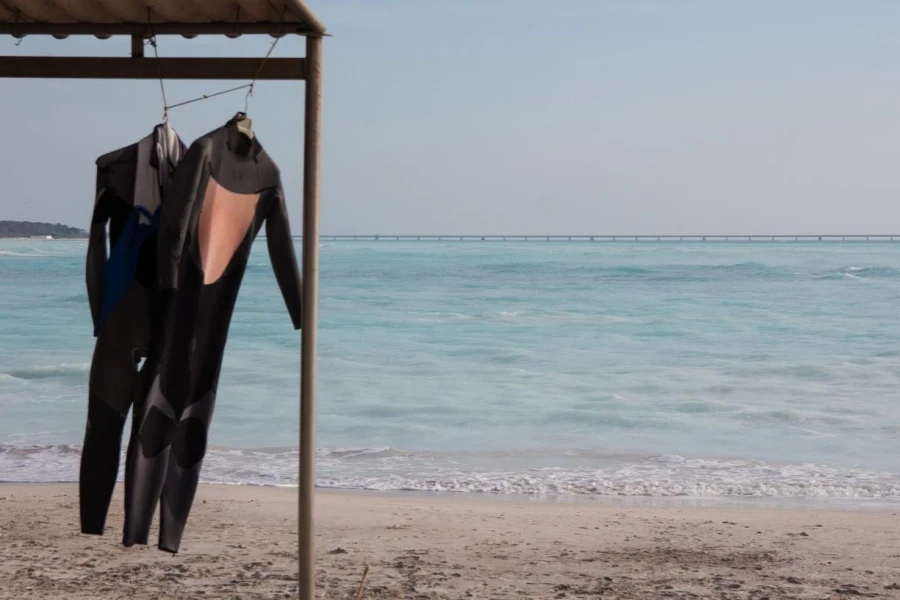
The wetsuit industry is constantly changing, with top-notch models hitting the market in 2025 to cater to various preferences and requirements.
Best all-around wetsuits: Performance meets versatility
In terms of versatility and performance, the O’Neill Hyperfreak Fire is a good choice. It stands out as a choice for water enthusiasts for its impressive blend of flexibility and durability features. It also has the added warmth factor due to its TechnoButter 4 neoprene material that provides an unparalleled level of stretch and comfort. This makes it a popular choice for various water sports activities such as surfing and diving, among others seeking a dependable and versatile wetsuit option. The smart design and flawless build of the Hyperfreak Fire wetsuit reduces water seepage effectively for top-notch performance in water temperatures – whether cold or not.
High-tech innovators: Cutting-edge features redefined
Are you looking for advancements in design? The Billabong Furnace Comp was chosen for 2025 because of its cutting-edge technology. The wetsuit boasts a Graphene-based lining that boosts heat retention without adding bulk, ensuring warmth and flexibility for the wearer. It’s tailored for conditions to provide warmth while allowing freedom of movement. The use of recycled materials reflects its eco-appeal to mindful consumers.
Value champions: Top picks for budget-conscious buyers
The O’Neill Hyperfreak is a choice in the range market for those looking for top-notch performance without breaking the bank with a price tag ranging from $300 to $450. It offers features similar to high-end high-end wetsuits, such as the lightweight and flexible TechnoButter 3 neoprene material. It is well-loved by casual surfers and divers seeking quality gear at an affordable price. Its comfortable fit and durability make it a smart investment for lasting use.
If you want to save money on a purchase without sacrificing quality and functionality, the Vissla Seven Seas is an option. With a price tag of under $300, this wetsuit offers the features you need for warmth and flexibility without any extras. Made from limestone-based neoprene and boasting a design, the Seven Seas ensures performance in an affordable package. It’s a top pick for beginners or occasional water sports enthusiasts who want a reasonably priced wetsuit.
Sustainable stars: Leading the charge in eco-friendly wetsuits
In the world of wetsuits in 2025, sustainability is gaining importance, with the Patagonia R Series leading the way. Crafted from Yulex, a plant-based neoprene alternative, these eco-friendly wetsuits deliver top-notch performance. Renowned for their longevity and comfort, they have become a choice among conscious individuals. Patagonia’s dedication to sustainability goes beyond materials to encompass production methods and ensure its products stand the test of time.
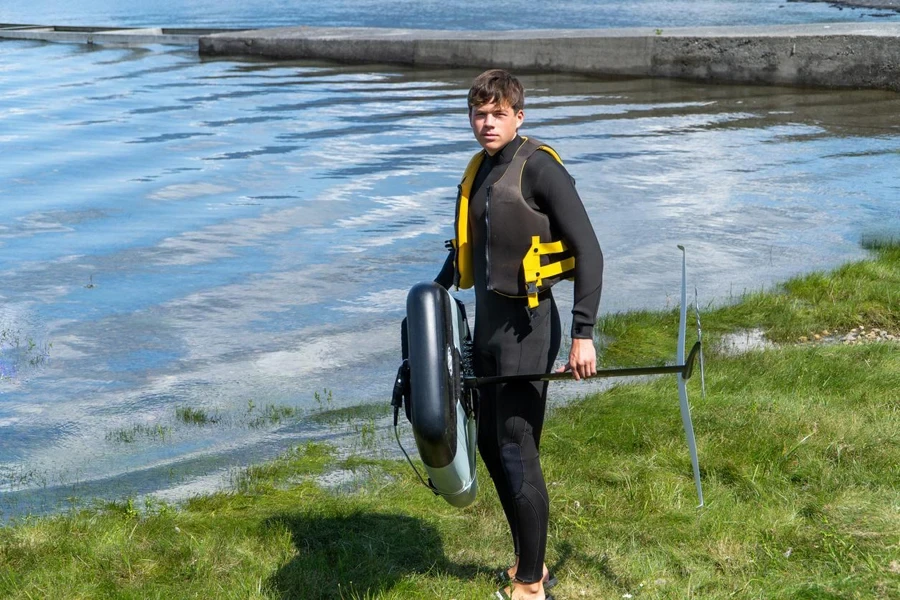
Conclusion
Choosing the right wetsuit for 2025 requires considering factors such as quality performance and sustainability at a price point. Today’s wetsuits boast advancements in both material and design that deliver flexibility and durability while keeping you warm during various water adventures in different climates. The O’Neill Hyperfreak Fire and Patagonia R Series are standout models that meet these criteria and establish standards for versatility and eco-friendly manufacturing practices. By considering these important aspects, you can select wetsuits that meet consumer’s requirements while demonstrating their dedication to environmental ethics.



